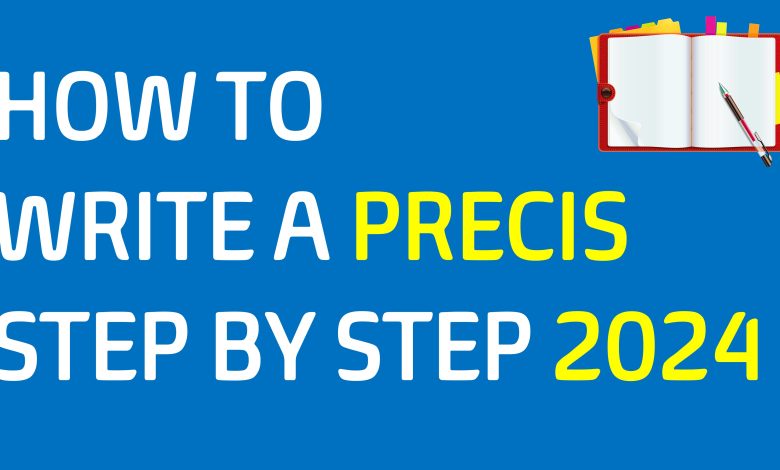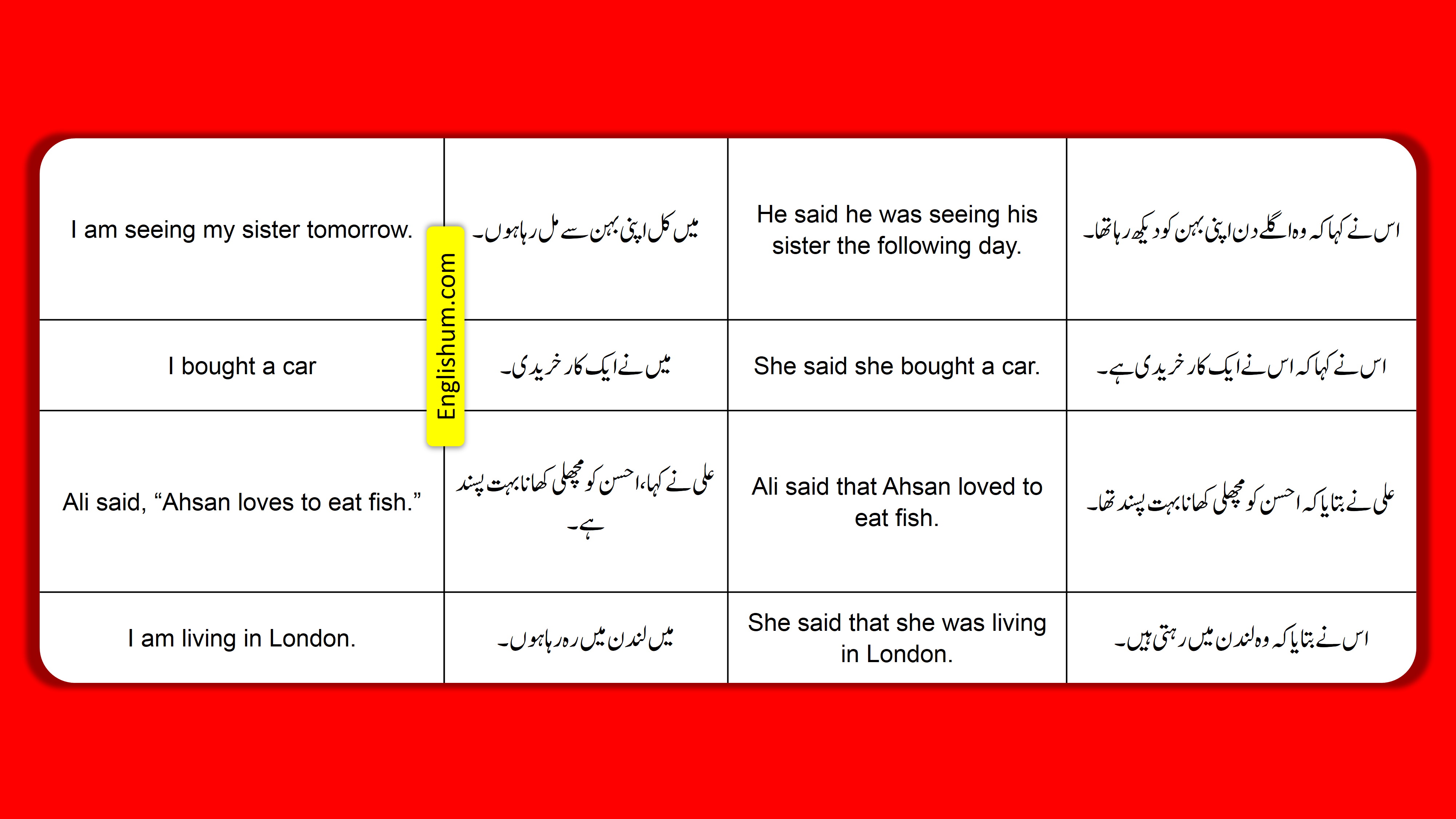How To Write a Precis Step By Step 2024

Best Tips For Precis Writing
The word “PRECIS” has been derived from the French language which means “to precise” or “to brief”. In simple words, it means the summary, the gist, or the sum and substance of a given passage. It is an exercise of trimming the superfluous words from a passage like an experienced and vigilant gardener who chops off the unnecessary things and foliage of the plants to give it a beautiful look. Thus, a precis is a brief piece of composition, continuous in narration and definite in meaning.
A good precis should possess the following qualities:
- A good precis should be concise and brief. It should give only the main points of the passage in the minimum number of words, excluding all irrelevant details, unnecessary words and phrases, and roundabout expressions.
- A good precis should be unambiguous. It should not be obscure or vague. It must reproduce the ideas with almost the same degree of clarity as in the original, maximally in one-third of the original length.
- A good precis should be a compact whole. It should read like one consistent piece, compact and comprehensive.
- A good precis should be a well-connected and consistent statement. It must read like a regular piece of composition. It must also have complete coherence and unity.
- Care should be taken that the attempted precis is comprehensive and includes all the relevant points and ideas. It must not omit any important idea. Moreover, precis should not be burdened with thoughts that are not contained in the original passage
How to attempt a precis
(1) A student should read the passage once or twice and try to understand what the passage is about. This will help him grasp its general purpose and provide him with the heading of the precis.
(2) Read the passage again and mark the important points relevant to the title.
(3) Omit all unimportant illustrations, quotations, details, examples, and adjectives. Only those adjectives that carry some special or technical sense may be retained.
(4) Arrange all the important points in a systematic and logical order. It should be kept in view that the precis should open with a clear statement as to what follows next.
(5) If possible, one-word substitution should be fully applied.
(6) A precis should always be written in one’s own words. It should not be a patchwork made up of phrases and sentences picked up from the original passage itself.
(7) A precis should be in indirect narration.
(8) As a rule, a precis should be written in the past tense but if the extract describes some universal truth, this rule should be ignored.
(9) Unless a conjunction is necessary, it may be replaced with a semi-colon.
(10) The precis of a conversation or dialogue should always be expressed in the form of a narration.
(11) The heading of the precis does not form the part of the precis. It is not counted in computing the number of words in the precis. The heading, therefore, should never be referred to in the narrative form.
(12) A precis should not exceed one-third of the total length of the original passage.
(13) Formulate your title or heading for the precis. The title should always be given, even if it is not specifically asked for.
(14) Always compare your draft precisely with the original passage to make sure that you have correctly rendered the meaning of the original.
(15) The language and style of the summary should be simple and clear. Figurative language in the original should be reduced to plain straightforward English in the summary. The craze for writing difficult, obscure and many-syllable words be avoided.



